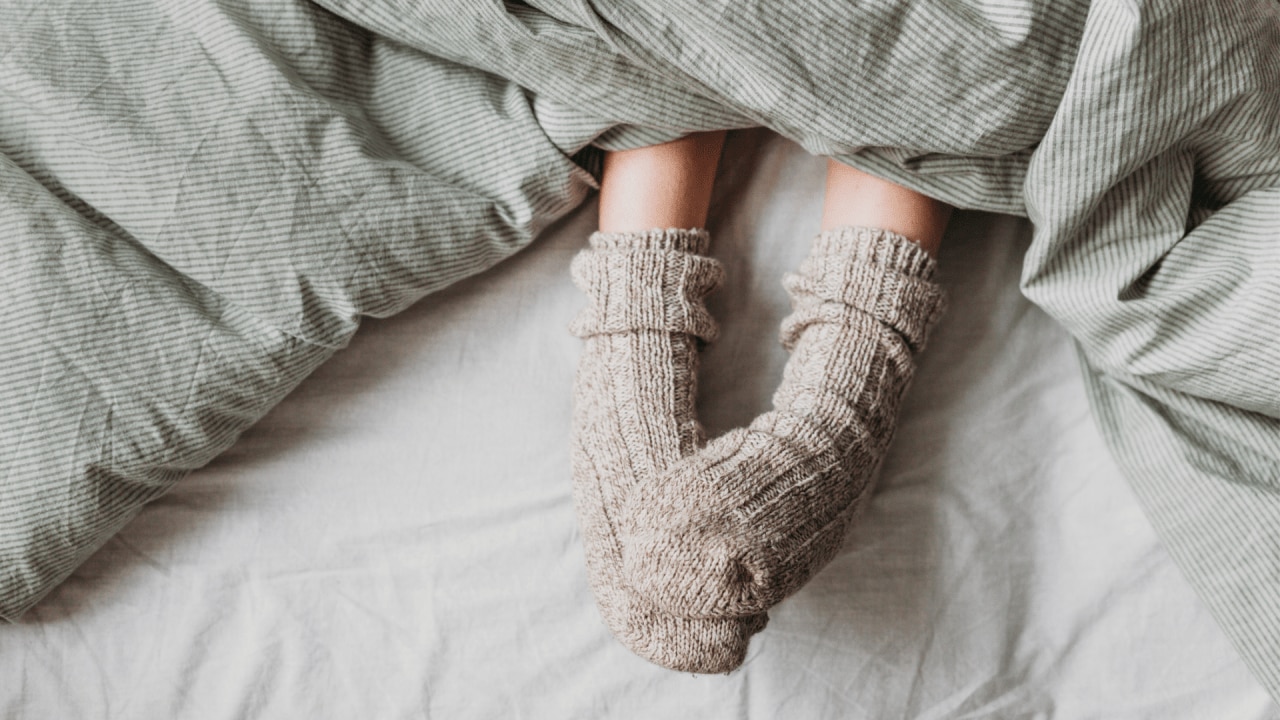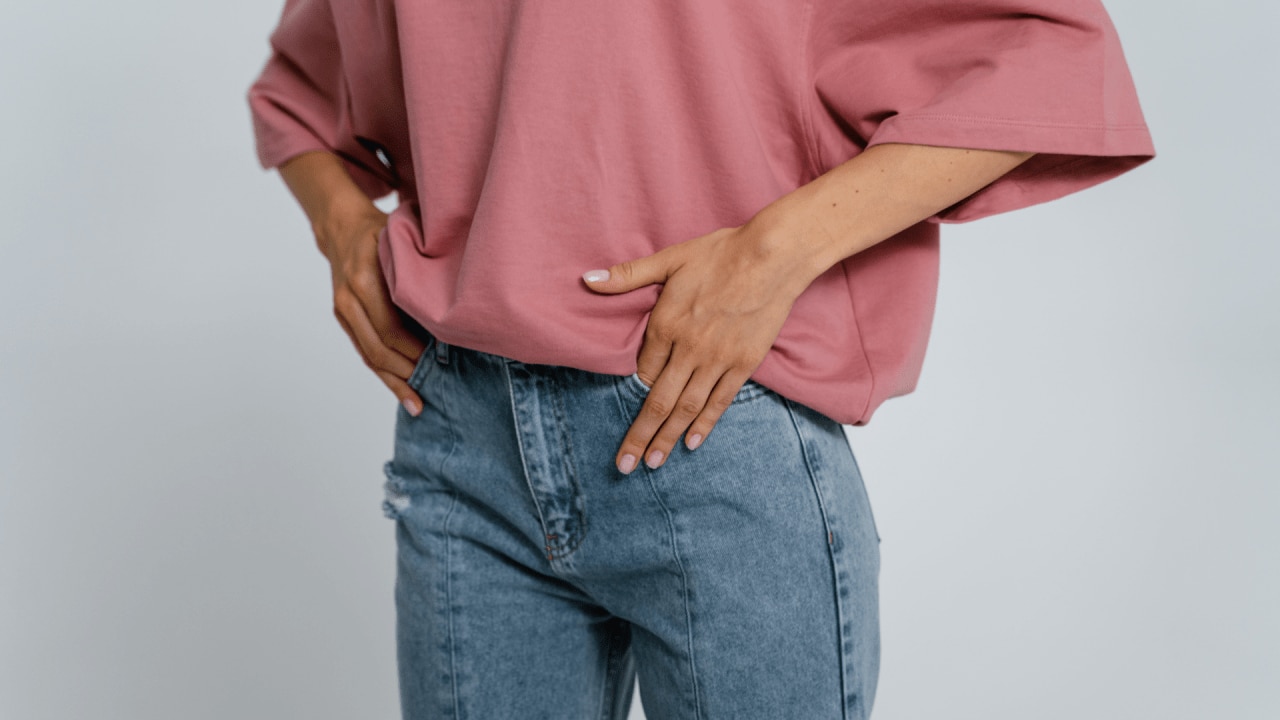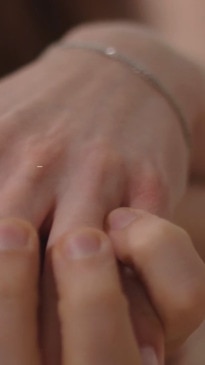
A new symptom of the infamous respiratory virus has been turning heads among doctors lately. Here’s how to recognise ‘Covid toes’, what to expect from the ailment, and why it’s important not to panic if your feet are afflicted.
Much of our everyday life has returned to the pre-pandemic hustle and bustle. Restaurants are thriving, offices are full, and only a handful of people on public transport remain loyal to the mask mandates. But to assume the resurgence of so much freedom and social interaction is an indication COVID-19 is totally behind us is a grave mistake to make.
Yes, thanks to the tireless efforts of doctors, nurses and scientists across the globe, the inconceivable death tolls and case numbers experienced in the first few waves of the pandemic are unlikely to make a dramatic resurgence.
Even so, individuals across Australia are still testing positive for Covid, displaying a whole spectrum of symptoms that have left medical professionals baffled. The most recent? Covid toes. Here’s everything you need to know about this odd symptom according to an expert.
What are ‘Covid toes’?
Believed to be an immune response to your body’s COVID-19 infection, Covid toes can be characterised by swelling and discolouration of the foot phalanges. In addition, the affected areas may also be prone to blisters, rough skin, itchiness, pain, and tender raised bumps.
„This immune response causes inflammation throughout your body that can present in a variety of different ways on the skin,“ dermatologist Dr Ife Rodney explains.
While the symptom is associated with COVID-19 infection, experts say other causes may be Neoangiogenesis (the creation of a new blood vessel), Vasculitis (damage to a blood vessel from inflammation or swelling) or Vessel thrombosis (blood clotting within blood vessels).
The most surprising aspect of this strange symptom is its prevalence amongst young, healthy individuals, with cases most commonly appearing in children, teenagers and adults. All in all, experts say anyone afflicted with Covid Toes can expect this strange symptom to subside after two weeks, with only a few severe cases lasting
While many similarly presenting conditions are weather dependent, such as chilblain legions being triggered by cold temperatures, Covid toes don’t appear to be ruled by seasonal weather. „We are unsure why the Covid rash takes on this specific presentation, as it does not seem to be more common in the wintertime or related to cold exposure,“ says Dr Rodney.
Furthermore, the toe symptom is not only found in people suffering from severe cases of the respiratory virus, but has been reportedly linked to milder infections, and even some individuals without any other COVID-19 symptoms.
While the symptom doesn’t appear to abide by same the infectious characteristics of others, experts believe the reason some people are experiencing Covid toes has much to do with their immune system’s individual reaction.
While it’s yet to be determined if Covid toes alone are contagious, there’s no doubt the disease they represent is. If you’re experiencing any Covid symptoms, from your head to your toes, always consult a health professional for advice, while ensuring you follow COVID-19 protocol.

